- News
- Reviews
- Bikes
- Accessories
- Accessories - misc
- Computer mounts
- Bags
- Bar ends
- Bike bags & cases
- Bottle cages
- Bottles
- Cameras
- Car racks
- Child seats
- Computers
- Glasses
- GPS units
- Helmets
- Lights - front
- Lights - rear
- Lights - sets
- Locks
- Mirrors
- Mudguards
- Racks
- Pumps & CO2 inflators
- Puncture kits
- Reflectives
- Smart watches
- Stands and racks
- Trailers
- Clothing
- Components
- Bar tape & grips
- Bottom brackets
- Brake & gear cables
- Brake & STI levers
- Brake pads & spares
- Brakes
- Cassettes & freewheels
- Chains
- Chainsets & chainrings
- Derailleurs - front
- Derailleurs - rear
- Forks
- Gear levers & shifters
- Groupsets
- Handlebars & extensions
- Headsets
- Hubs
- Inner tubes
- Pedals
- Quick releases & skewers
- Saddles
- Seatposts
- Stems
- Wheels
- Tyres
- Health, fitness and nutrition
- Tools and workshop
- Miscellaneous
- Cross country mountain bikes
- Tubeless valves
- Buyers Guides
- Features
- Forum
- Recommends
- Podcast
£900.00
VERDICT:
An excellent frameset with a comfortable ride that could do with a few component tweaks
Weight:
9,960g
Contact:
At road.cc every product is thoroughly tested for as long as it takes to get a proper insight into how well it works. Our reviewers are experienced cyclists that we trust to be objective. While we strive to ensure that opinions expressed are backed up by facts, reviews are by their nature an informed opinion, not a definitive verdict. We don't intentionally try to break anything (except locks) but we do try to look for weak points in any design. The overall score is not just an average of the other scores: it reflects both a product's function and value – with value determined by how a product compares with items of similar spec, quality, and price.
What the road.cc scores meanGood scores are more common than bad, because fortunately good products are more common than bad.
- Exceptional
- Excellent
- Very Good
- Good
- Quite good
- Average
- Not so good
- Poor
- Bad
- Appalling
The Merida Scultura Disc 200 may look like it is an entry-level machine on paper but the frame and fork are absolutely top notch and massively upgradable. It's yet another example of just how good alloy frames are right now, offering a very comfortable ride and plenty of stiffness to boot.
- Pros: Excellent ride quality from the frame, easy-to-live-with handling
- Cons: Average brakes, limited tyre clearance, feels weighty
> Find your nearest dealer here
Ride
The Scultura Lite-BSA Disc frame has a very enjoyable ride feel; there is no harshness or irritating amounts of road buzz coming through to your contact points, even with the 25mm tyres pumped up to my preferred high pressures. This makes the Scultura a fun bike to ride and you can really cover some miles tapping away on the pedals while taking in the scenery. Well, if your route is relatively flat that is.
Its overall 9.96kg (21.95lb) weight is quite noticeable, and if you are out in rolling terrain or find yourself in town keeping up with the ebb and flow of urban traffic, the extra effort required can tire you prematurely.
It's more the long, steady slopes that can take their toll, as you don't realise you are working that little bit harder than you normally would on a bike a couple of kilos lighter, as the climb drags on.
Everywhere else, though, the Merida is a pleasurable place to be.
The handling is pleasingly neutral, which is reassuring for those new to road riding – the Scultura is, after all, priced at £900, which places it nicely in that 'first proper road bike' category.
That weight that hampers the Merida on the way up benefits it when descending, and you can really pick up some decent amounts of speed. Steering through the corners is reasonably tight and the Scultura CF2 disc fork gives plenty of feedback about what the front wheel is up to.
It was only in the most technical sections that I found the Scultura wanting – the handling could just do with being a little bit quicker to be able to flick the bike from left to right for a tight chicane. This would then make the bike twitchier elsewhere, though, taking away that predictability that less confident riders will prefer.
These points about the weight and handling may make it sound like I have a bit of a downer on the Scultura 200, but I really haven't. Its comfort levels and easy riding style easily overshadow the downsides.
Frame and fork
The Lite frame is made from 6066 grade aluminium alloy and the tubing is triple butted. This means that along their length the tubes have three different wall thicknesses to control the ride quality and drop a little bit of weight. A tube doesn't need to be as stiff in the centre as it does at the ends, where it has to deal with the welding process and cope with the stresses and loads of the rider, so the middle section can be thinner, promoting a little bit of flex for added comfort.
The frame shows impressive stiffness too, most notably thanks to that massive down tube paired to the oversized, tapered head tube.
The down tube is wide and rectangular which offers a large weld area as it meets the bottom bracket shell. It's a standard threaded BB as well.
The chainstays are fairly chunky as they leave the junction to keep that rear wheel in check.
Quality-wise, the frame and fork are very impressive. I'm a fan of the bold red paintjob and thanks to the smoothness of the welds it looks like a much more expensive bike than it actually is.
As is pretty much the norm these days, the Scultura has internal cable routing – for the front end of the frame anyway, as the three cables all enter the down tube before exposing themselves under the bottom bracket shell.
One thing that might put some of you off is the fact that the Merida can only take a maximum of 25mm wide tyres. Clearance is tight between the chainstays and the standard rims aren't that wide compared to some on the market, so if you were to upgrade to a set of wheels with a wide rim and stretch out the 25mm tyres by a couple of millimetres they could become very close.
The CF2 fork has a 1 1/8in to a 1 1/2in tapered steerer to mimic the head tube, and also has internal routing for the brake cable.
As expected, both the frame and fork use 12mm thru-axles for wheel retention.
The Scultura is available in seven sizes from XXS to XXL, which is a decent spread, and the overall geometry sits somewhere between a race bike and that of an endurance machine so you can get a good balance of an aero position without needing to be massively flexible.
Finishing kit
For the gear shifting and braking the Scultura 200 comes with Shimano Sora levers plus front and rear mech. It has pretty much the same design and functionality as the more expensive Tiagra but with one less sprocket at the rear: Sora is 9-speed.
Shifting is very good. It's a little heavier and less defined than the latest versions of 105 or Ultegra, but not massively so, and for the money you can't really knock it.
Merida has specced an 11-28 (11,12,13,14,16,18,21,24,28) cassette, which is pretty standard for road bikes. True, the weight of the bike could warrant something like a 32-tooth largest sprocket but that would increase the gaps between the gears which, as they stand, already have a fair bit of room between them.
Being used to riding pretty much solely 11-speed these days, I found getting a comfortable cadence difficult sometimes, seeming to be between gears at times. Riders coming straight to a 9-speed system should be fine, though.
The crankset is from FSA, its Omega model, and Merida has sensibly gone for a compact 50/34 setup. Shifting is pretty crisp across the two rings and I had no issue with mis-shifts even when changing under load.
When it comes to the braking, the Scultura 200 uses Promax Decode R callipers paired to the same company's G160 rotors.
They are cable operated and decidedly average in performance, although I have used some that are much worse. Overall power is okay for slowing you down but I had to get onto the brakes earlier than I would with hydraulic systems if I needed to stop, especially as the speed increases.
I'm still a massive fan of rim brakes and jumping back on my B'Twin with 105 callipers highlighted just how much more powerful they are compared to the discs on the 200.
If discs aren't the be all and end all for you then the Scultura 300 makes more sense in my mind, coming with a Tiagra groupset and Merida dual pivot brakes. It'll save you 50 quid and nearly a kilo in weight.
The rest of the finishing kit comes from Merida and it is exactly what you'd expect on a bike of this price. It all looks smart enough and provides plenty of stiffness from the handlebar and stem.
A special mention goes to the Merida Comp SL saddle. The padding for me was spot on: enough to take the sting out without being too squidgy and I could spend hours on it.
Wheels and tyres
The Comp Disc own brand wheels stayed true throughout testing and although heavy they roll decently enough.
Stiffness was okay. I could get some sideways flex when really hammering it and in the long term I'd definitely be thinking of an upgrade. For starters, though, they do the job and seem durable.
The tyres are Maxxis Dolomites and, again, their performance is decent enough, shrugging off punctures on the thorn-covered back lanes.
Rolling resistance was surprisingly minimal so when on the flat you can whizz along, although the hard rubber compound isn't the most grippy when cornering quickly and deadens the road feel somewhat.
Value
Taking into account the balance between components, frame quality and weight, the Scultura 200 Disc doesn't look too bad.
Cannondale's Synapse Disc Sora is a more endurance-based option than the Scultura, having slightly more relaxed geometry and the ability to take mudguards and a rack. The thing that does tie them together is that they are both based around a great alloy frame while hampered by heavy wheels and iffy brakes. The Cannondale costs a bit less at £849 but weighs 11.07kg.
For an extra £99 over the Merida you could go for the Merlin ROC Disc. The Scultura has the better ride quality thanks to its frame, but the biggest benefit of the Merlin is that you are getting a full Shimano 105 hydraulic groupset for similar money.
> Buyer's Guide: 14 of the best road bikes for under £1,000
> Buyer's Guide: 13 of the best aluminium road bikes
So, while the Scultura doesn't fair quite so well on paper, I'd still take it over both of those bikes purely down to how good a frame you are getting.
It's much more upgradable, and if it is your first road bike you won't be having to being buying a replacement by the end of the season as you have improved as a rider. Some new wheels, and look into improving the brakes, and you'll be left with a lighter and much more responsive machine.
Verdict
An excellent frameset with a comfortable ride that could do with a few component tweaks
road.cc test report
Make and model: Merida Scultura Disc 200
Size tested: M/L
About the bike
List the components used to build up the bike.
From Merida:
FRAME SIZE XXS, XS, S, S/M, M/L, L, XL
FRAME SCULTURA LITE-BSA DISC
FORK SCULTURA CF2 DISC
HUBS MERIDA QR48N 12-100 / QR
TYRES Maxxis Dolomites
SHIFTERS Shimano Sora
FRONT DERAILLEUR Shimano Sora
REAR DERAILLEUR Shimano Sora
CASSETTE Sunrace CS-9S
BRAKE LEVER Shimano Sora
BRAKES Promax Decode R
CHAIN KMC M99
HEADSET MERIDA M2339 Neck
HANDLEBAR MERIDA Expert SL
STEM LENGTH MERIDA Comp CC
SADDLE MERIDA Comp SL
SEAT POST MERIDA Comp CC
SEAT CLAMP MERIDA Expert
GRIP MERIDA Road Comp
Tell us what the bike is for and who it's aimed at. What do the manufacturers say about it? How does that compare to your own feelings about the bike?
The Scultura is the lightweight road bike in Merida's range, the high-end models being among the very lightest production bikes out there. Merida offers the Scultura in both rim brake and disc brake versions, and in carbon fibre and aluminium.
Where does this model sit in the range? Tell us briefly about the cheaper options and the more expensive options
The range starts with the Scultura 100 and continues up to the top end carbon fibre models. You can find out about the 2019 range here in our guide.
Frame and fork
Overall rating for frame and fork
8/10
Tell us about the build quality and finish of the frame and fork?
Very well finished, it is a quality frame.
Tell us about the materials used in the frame and fork?
SCULTURA LITE FRAME
Lightweight 6066 triple butted aluminium frame with tapered head tube for precise steering and BSA bottom bracket for effective power transfer. Featuring internal cable routing and aero profiled tubing.
CF2 Fork
Carbon fibre with a tapered headtube
Tell us about the geometry of the frame and fork?
The Scultura has quite a racy geometry, sitting somewhere between a full-on race bike and an endurance machine. Full geometry charts are available here - https://www.merida-bikes.com/en-gb/bike/121/scultura-disc-200
How was the bike in terms of height and reach? How did it compare to other bikes of the same stated size?
This M/L model has a stack of 574mm and a reach of 390mm giving a ratio of 1.47. It's well withing the ball park for a bike of this size and its ride style.
Riding the bike
Was the bike comfortable to ride? Tell us how you felt about the ride quality.
Yes. The frame isn't harsh and offers plenty of comfort even on rough roads.
Did the bike feel stiff in the right places? Did any part of the bike feel too stiff or too flexible?
Yes, stiffness is pretty impressive throughout and I had no issues.
How did the bike transfer power? Did it feel efficient?
Lighter wheels would unlock more of the frame's potential.
Was there any toe-clip overlap with the front wheel? If so was it a problem?
No.
How would you describe the steering? Was it lively neutral or unresponsive? Neutral.
Tell us some more about the handling. How did the bike feel overall? Did it do particular things well or badly?
The handling is well balanced and gives the rider plenty of confidence thanks to good levels of feedback.
Which components had the most effect (good or bad) on the bike's comfort? would you recommend any changes?
The saddle is one of the best own-brand ones I've ridden.
Which components had the most effect (good or bad) on the bike's stiffness? would you recommend any changes?
I got some flex out of the rear wheel.
Which components had the most effect (good or bad) on the bike's efficiency? would you recommend any changes?
Average brakes means you can't risk carrying too much speed into fast turns.
Rate the bike for efficiency of power transfer:
7/10
Rate the bike for acceleration:
7/10
Rate the bike for sprinting:
7/10
Rate the bike for high speed stability:
8/10
Rate the bike for cruising speed stability:
8/10
Rate the bike for low speed stability:
8/10
Rate the bike for flat cornering:
8/10
Rate the bike for cornering on descents:
7/10
Rate the bike for climbing:
7/10
The drivetrain
Rate the drivetrain for performance:
7/10
Rate the drivetrain for durability:
8/10
Rate the drivetrain for weight:
7/10
Rate the drivetrain for value:
6/10
Tell us some more about the drivetrain. Anything you particularly did or didn't like? Any components which didn't work well together?
The gearing all works fine but the brakes are average.
Wheels and tyres
Rate the wheels for performance:
6/10
Rate the wheels for durability:
8/10
Rate the wheels for weight:
6/10
Rate the wheels for comfort:
7/10
Rate the wheels for value:
5/10
Tell us some more about the wheels.Did they work well in the conditions you encountered? Would you change the wheels? If so what for?
I had no issues with durability but they are a little on the heavy side. Going for something lighter brings out the benefits of the quality frame.
Rate the tyres for performance:
7/10
Rate the tyres for durability:
8/10
Rate the tyres for weight:
6/10
Rate the tyres for comfort:
7/10
Rate the tyres for value:
5/10
Tell us some more about the tyres. Did they work well in the conditions you encountered? Would you change the tyres? If so what for?
Same as the wheels really. Do a decent job but an upgrade will make a massive difference.
Controls
Rate the controls for performance:
7/10
Rate the controls for durability:
8/10
Rate the controls for weight:
7/10
Rate the controls for comfort:
7/10
Rate the controls for value:
5/10
Tell us some more about the controls. Any particularly good or bad components? How would the controls work for larger or smaller riders?
Own brand equipment that is well made and does the job. The compact bar offers plenty of hand positions for most.
Your summary
Did you enjoy riding the bike? Yes, the majority of the time.
Would you consider buying the bike? I'd go for the rim braked Scultura 300.
Would you recommend the bike to a friend? Yes
How does the price compare to that of similar bikes in the market, including ones recently tested on road.cc?
Quite a few disc-equipped alloy bikes are cheaper but the Merida does have a quality frameset.
Rate the bike overall for performance:
8/10
Rate the bike overall for value:
5/10
Use this box to explain your overall score
For this kind of money the Scultura 200 is a decent package, and while a few of the components are a little under par, the excellent ride quality overrides them.
About the tester
Age: 40
I usually ride: This month's test bike My best bike is: B'Twin Ultra CF draped in the latest bling test components
I've been riding for: Over 20 years I ride: Every day I would class myself as: Expert
I regularly do the following types of riding: time trialling, commuting, club rides, sportives, fixed/singlespeed
Since writing his first bike review for road.cc back in early 2009 senior product reviewer Stu has tested more than a thousand pieces of kit, and hundreds of bikes.
With an HND in mechanical engineering and previous roles as a CNC programmer/machinist, draughtsman and development engineer (working in new product design) Stu understands what it takes to bring a product to market. A mix of that knowledge combined with his love of road and gravel cycling puts him in the ideal position to put the latest kit through its paces.
He first made the switch to road cycling in 1999, primarily for fitness, but it didn’t take long for his competitive side to take over which led to around ten years as a time triallist and some pretty decent results. These days though riding is more about escapism, keeping the weight off and just enjoying the fact that he gets to ride the latest technology as part of his day job.









































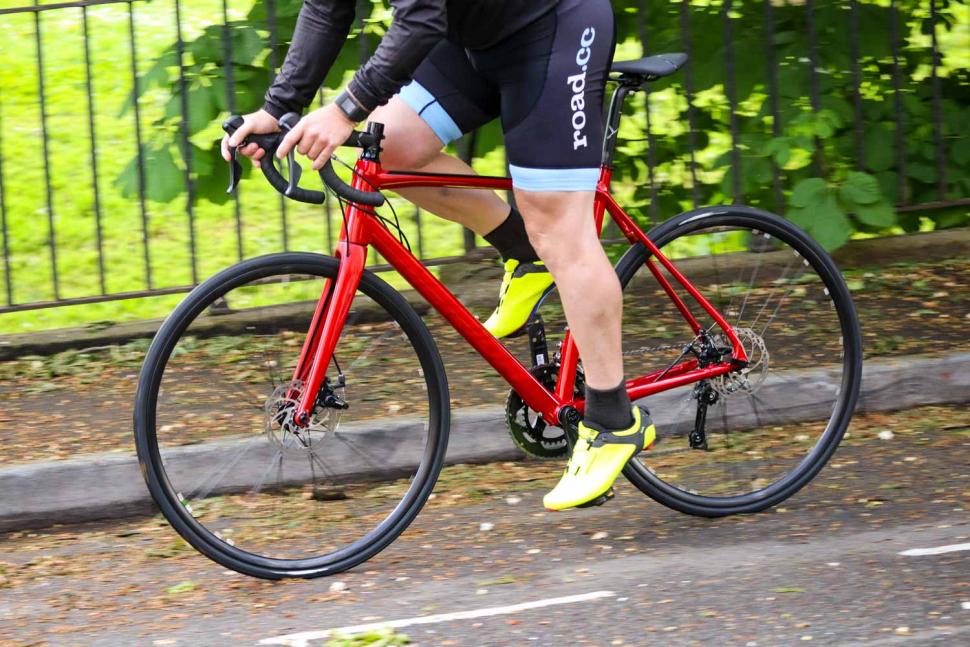
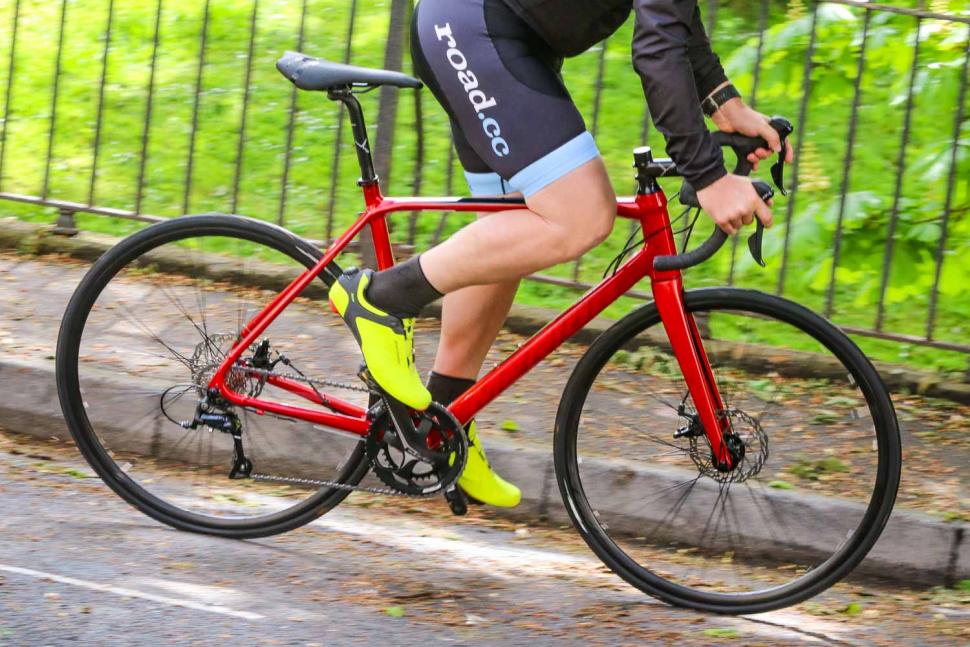
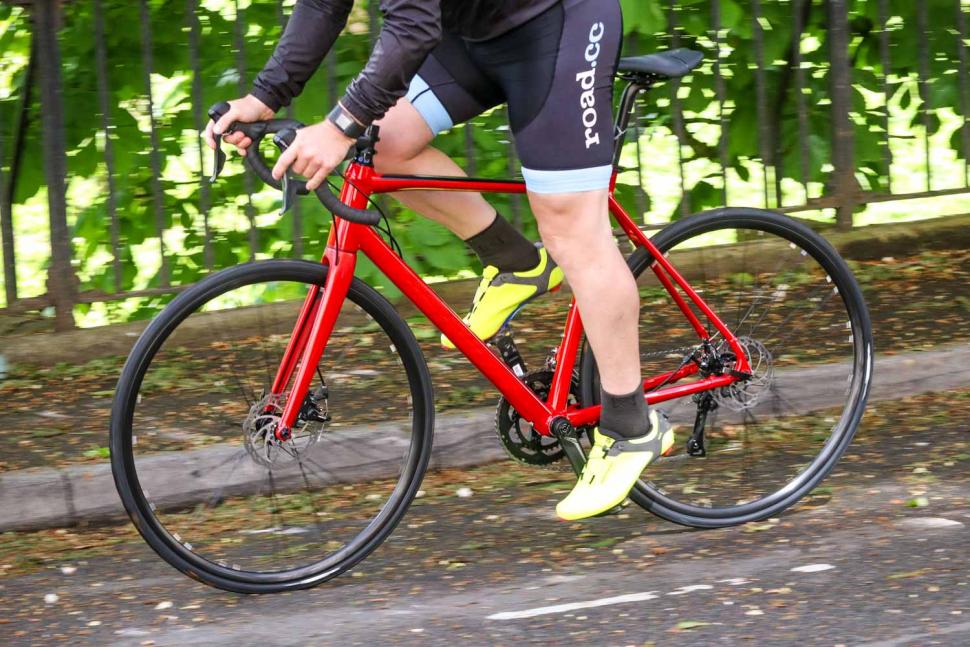
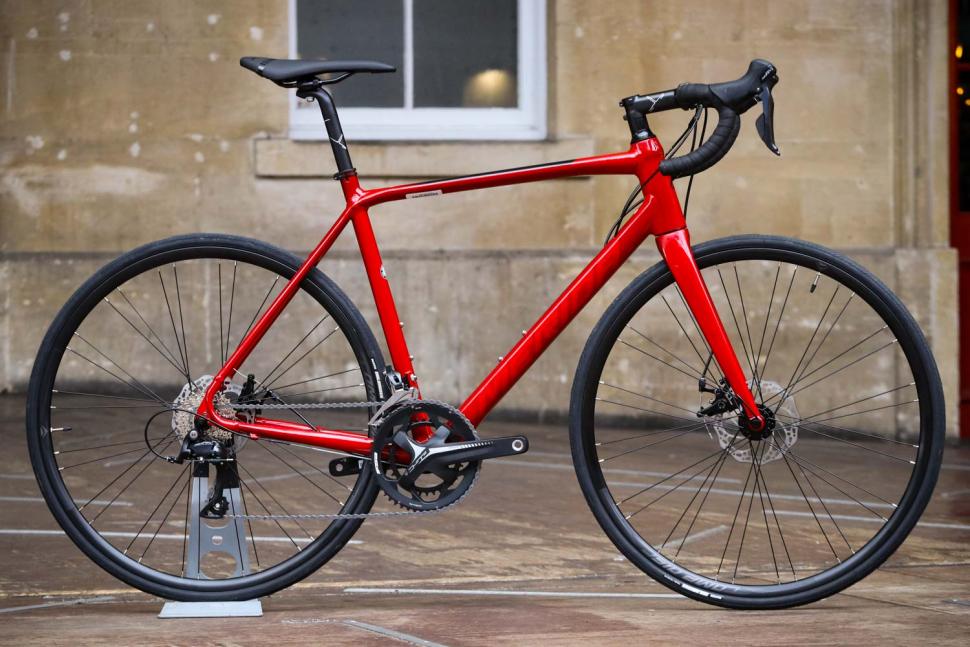
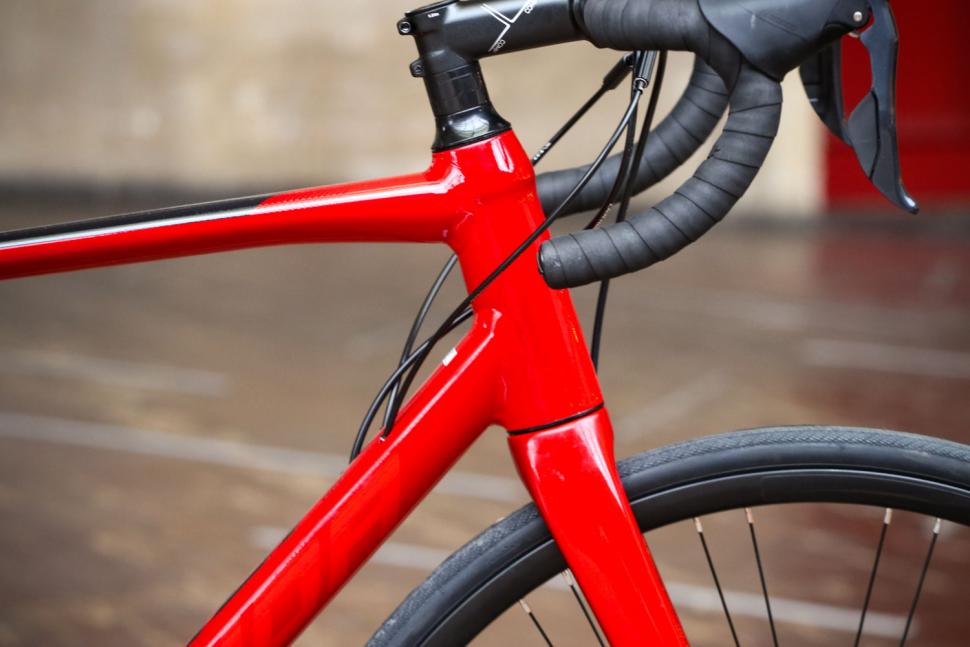
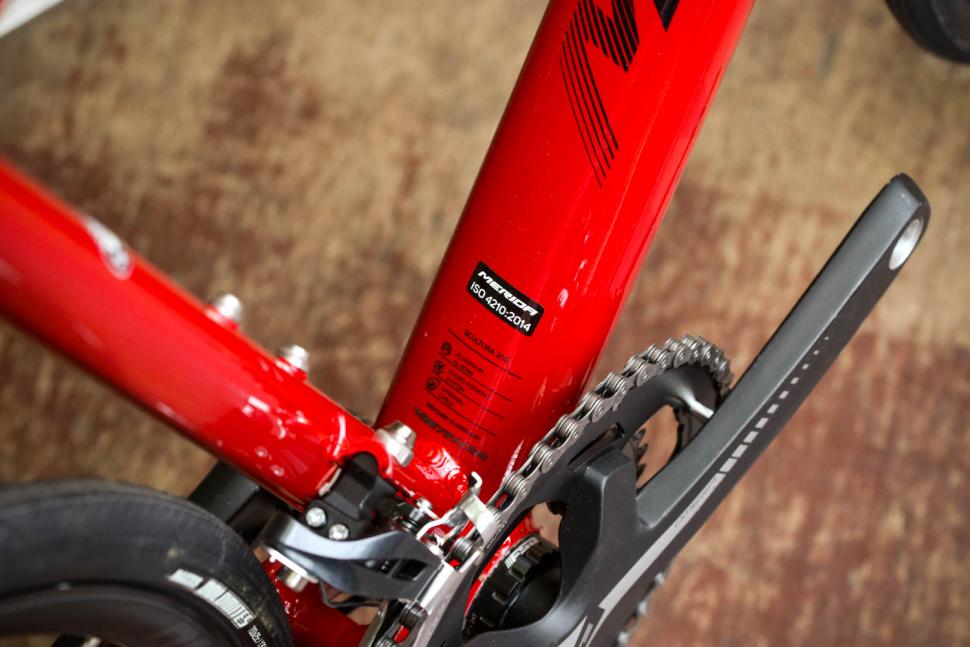
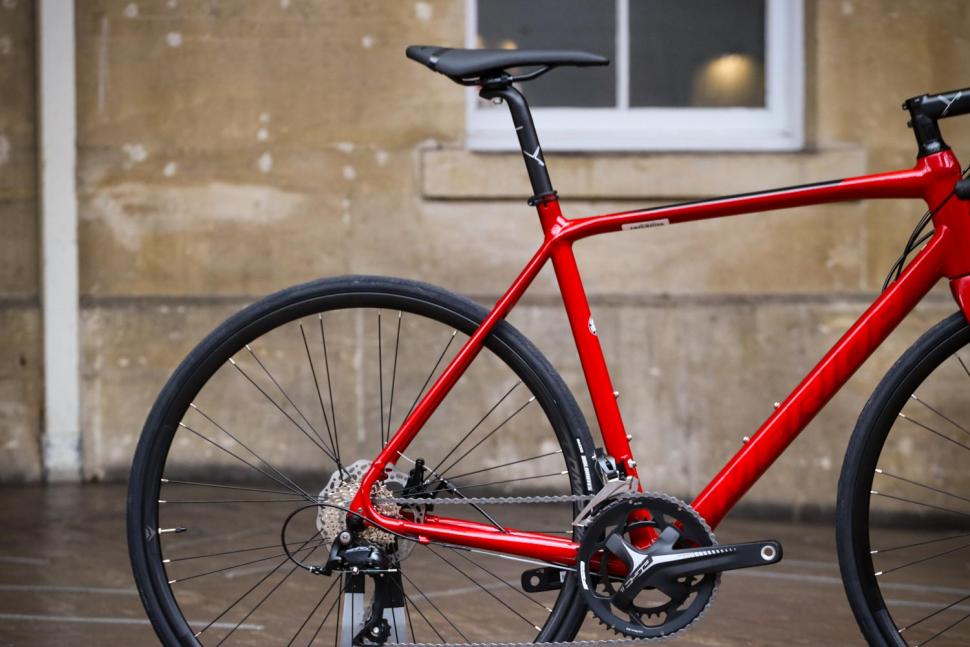

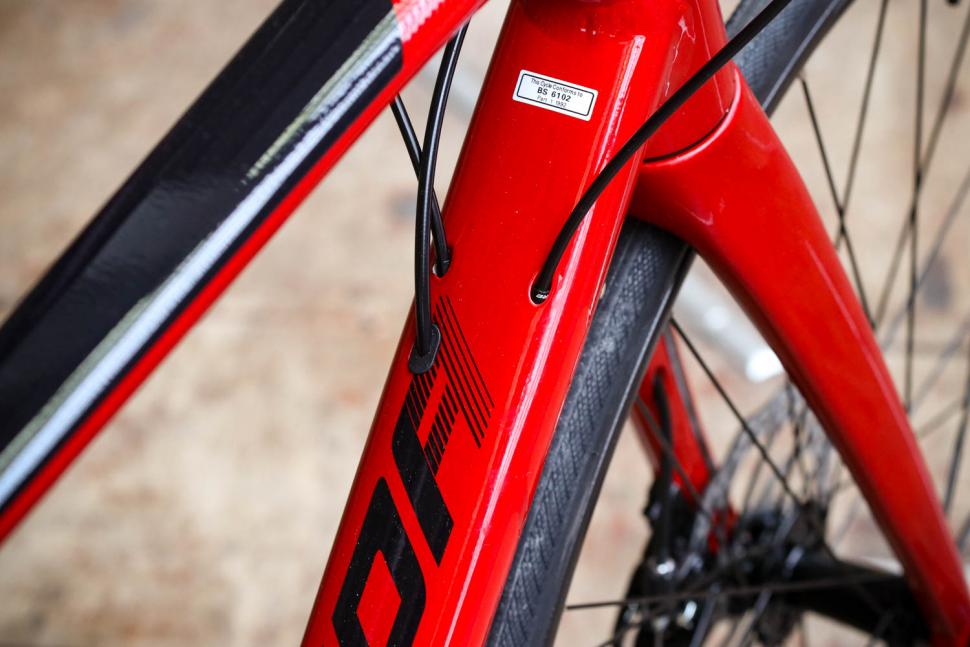


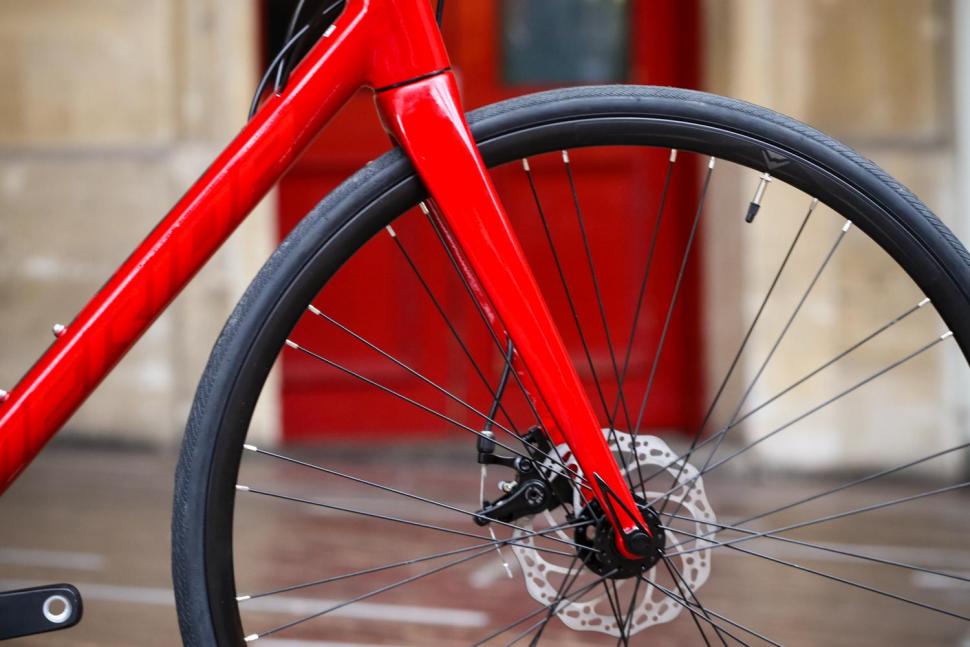
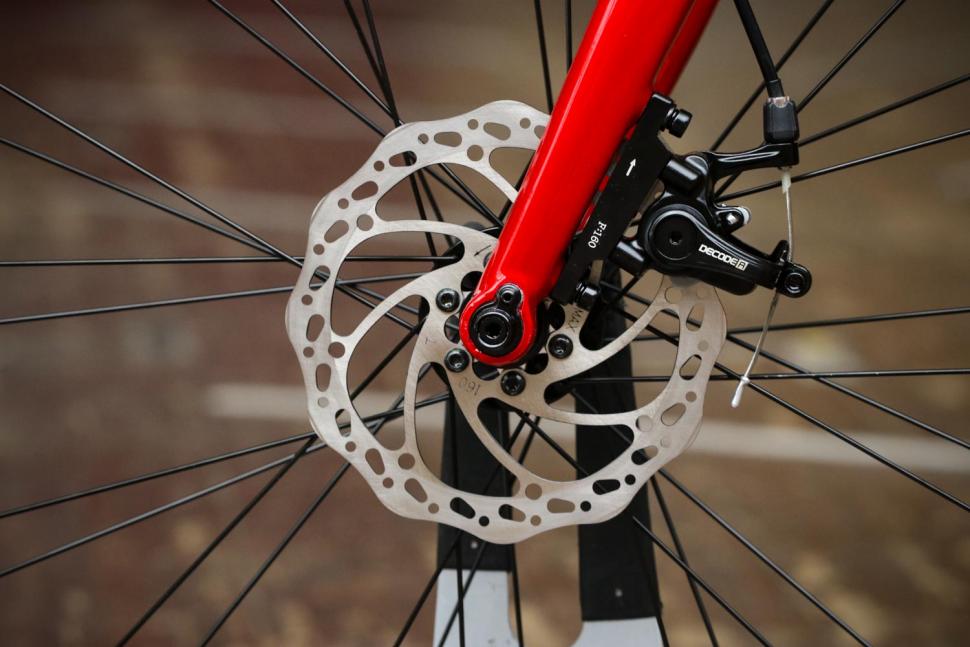

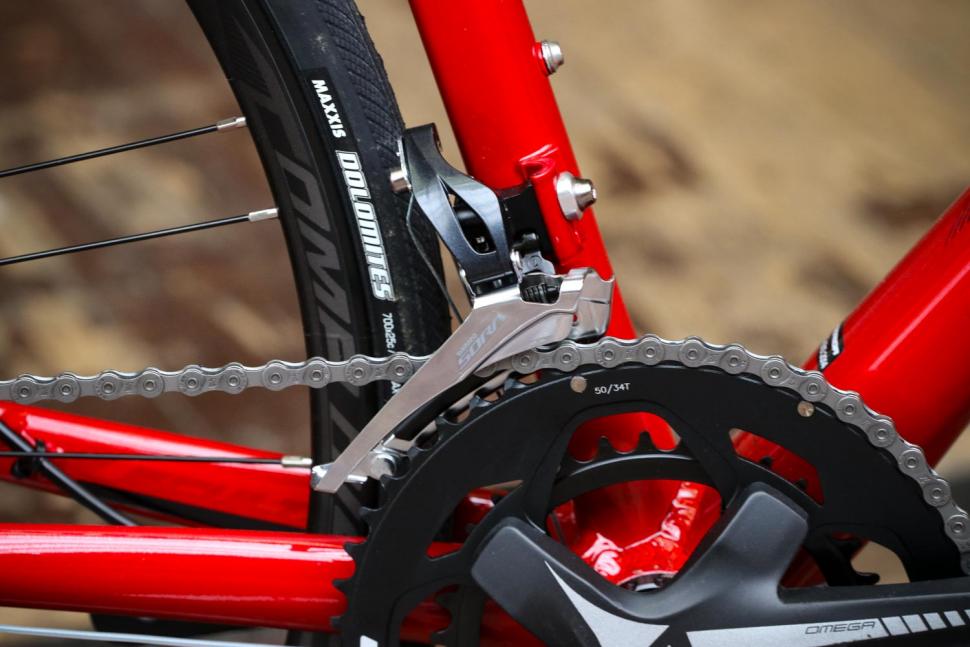
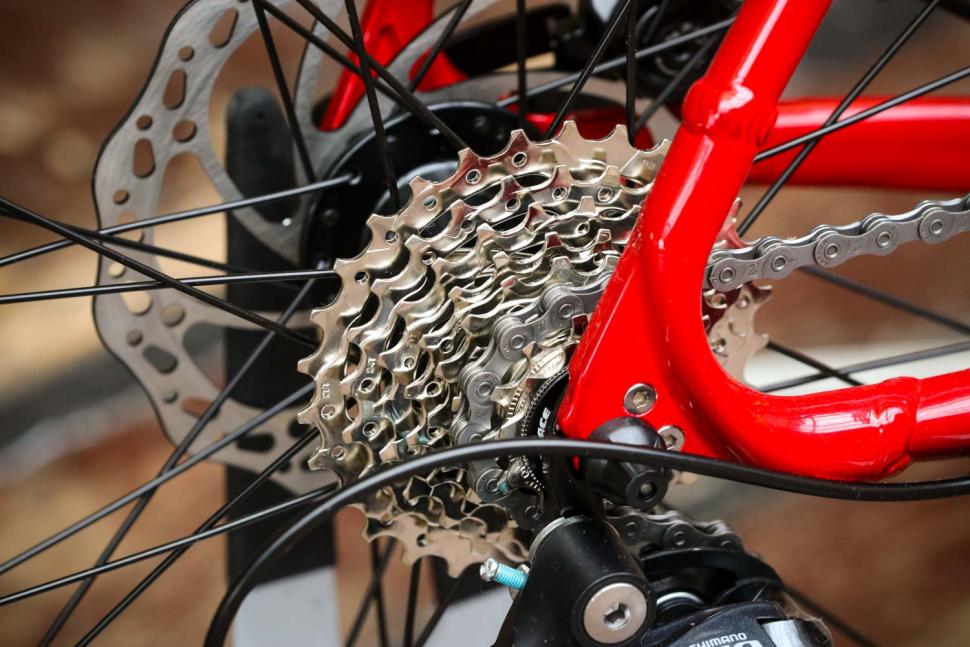
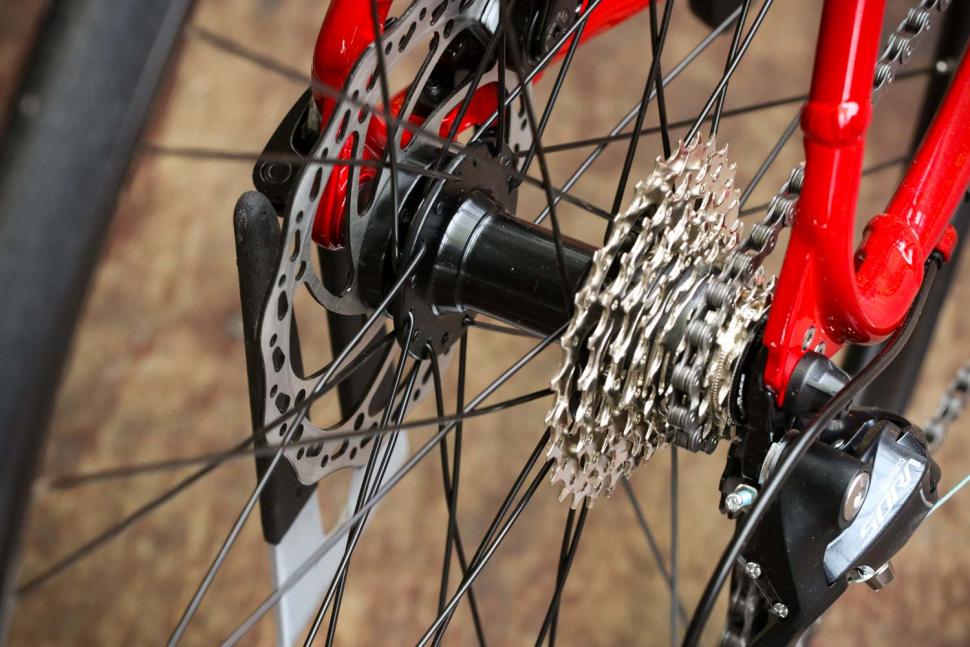
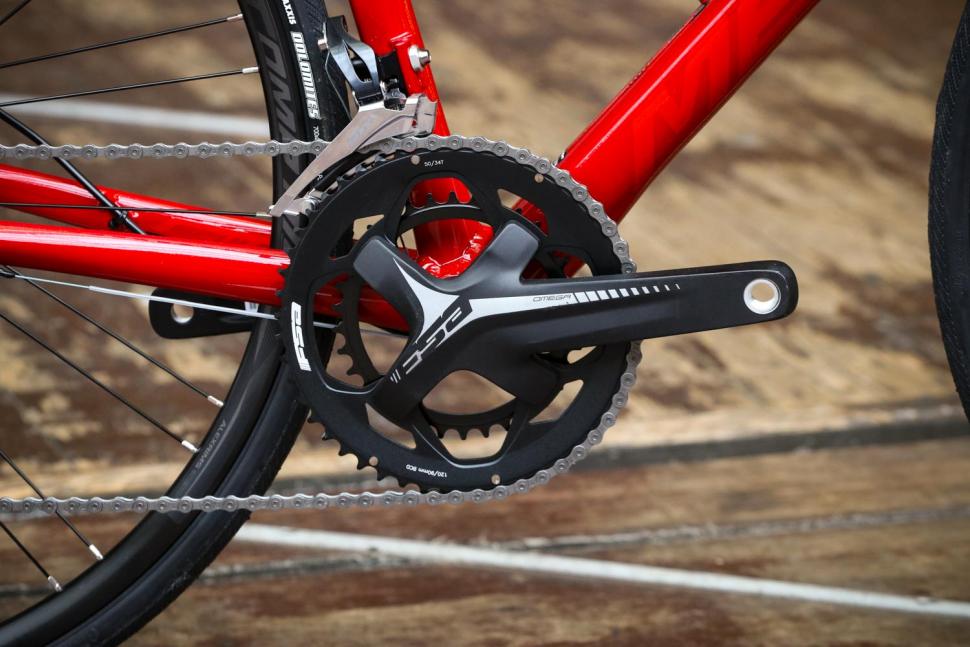
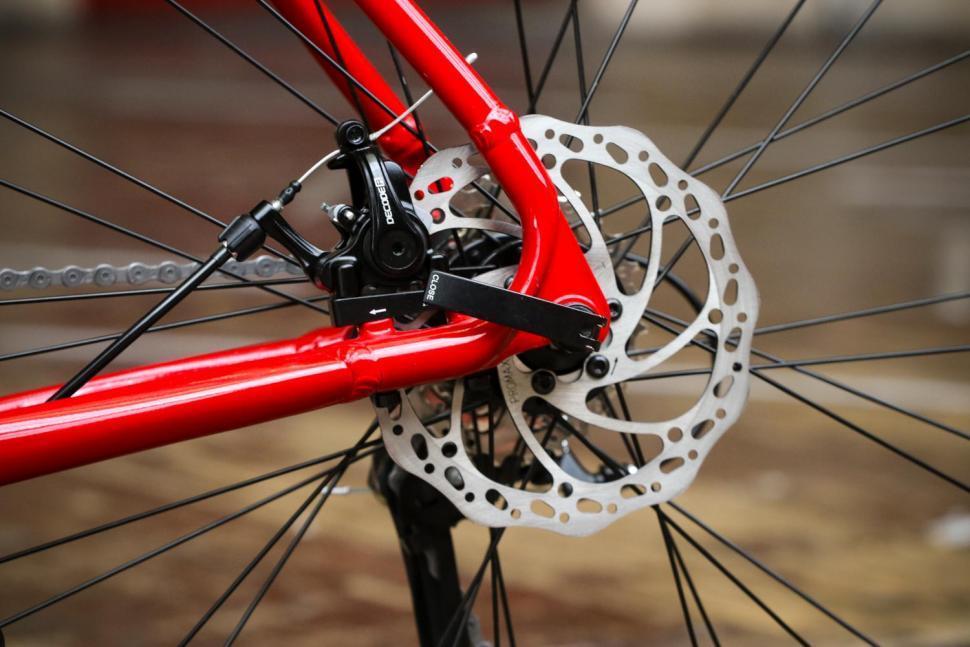



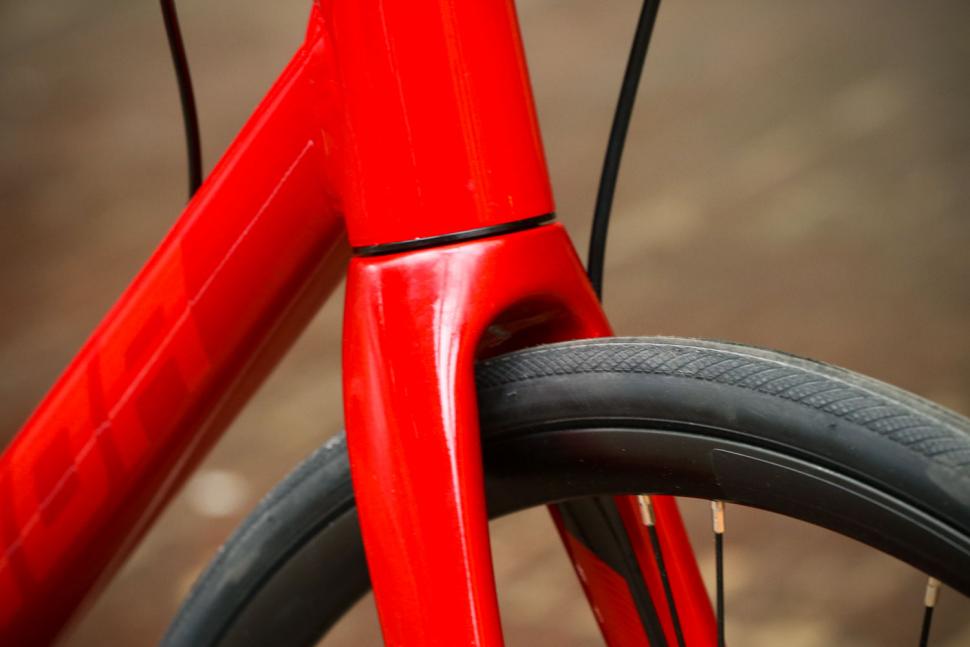
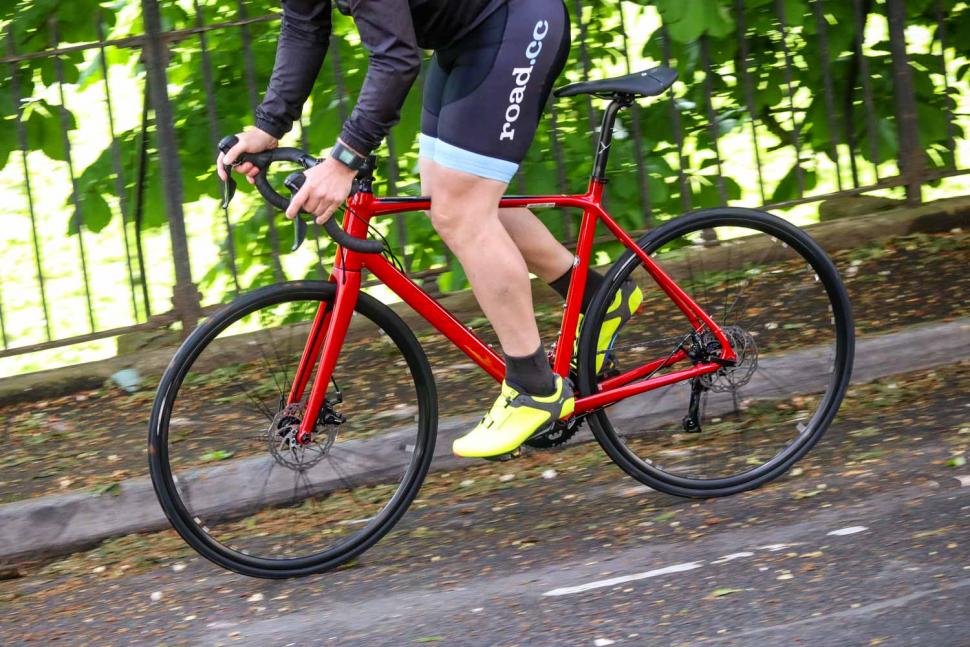




A bit of a waste of time when most people cannot or will not pay to watch cycling on TNT. How are these young cyclists going to be inspired?
So it's cheaper to pay monthly at £4.99 rather than once at £59.99?
- because in fact cyclists have been prosecuted and convicted as above, so really he's talking nonsense (or at least needs to present some...
I for one like your contribution. I mean, it's good to know that Tory ex-Home Secretaries are busy spewing bile into their keyboards at home, not...
A smidge of £8.5K. Seriously. Someone needs to have a strong coffee.
Business model innit? When they brought in hire bikes in our town, they approached the bike shop I was then running to so the maintence. It was...
Nice, tyre clearance AND 2x AND non-boring paint jobs, a good alternative to Giant Revolt/ Canyon Grizl....
For the first time, the Norwegian government has calculated the value to society of the health benefits of increased walking and cycling. ...
I managed to do 12 200k's over 12 months , but unfortunately didn't read the rulles, two were in the same month and I missed a month..................
Toddle off cynic. A great man posting about extremely awful things and you chose to say that? The UCI needs clinical experts like you ... toddle...